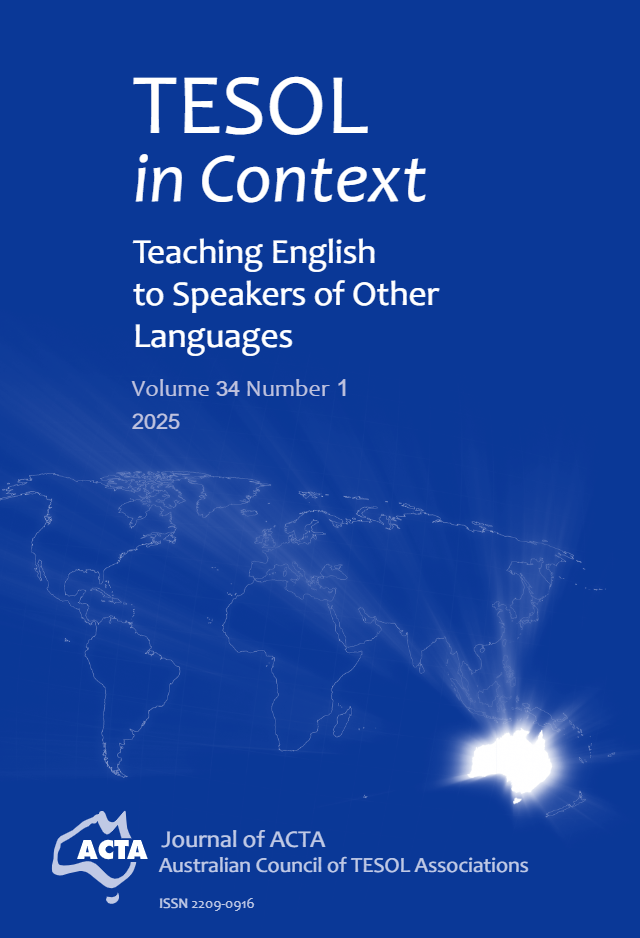‘Displacement by design’: From broadbanding to disbanding English as a Second language provision in Australian school education policy
DOI:
https://doi.org/10.21153/tesol2025vol34no1art2258Keywords:
Broadbanding, ESL, New Public ManagementAbstract
The Commonwealth-funded school English as a Second language (ESL) program used to be seen by the ESL profession as an essential educational access and equity provision responding to Australia’s migrant and humanitarian intakes and its growing linguistically diverse population. In the decades before and after the turn of the century, however, Commonwealth education ‘reforms’ involving literacy, broadbanding, federal relations and school funding progressively displaced and dismantled ESL as a tied-funded, specific-purpose program. In the first of three articles examining Australian schools policy and its impacts on English as an additional language/dialect provision, this study draws on Kingdon’s policy streams and New Public Management frameworks to explain how national education policy agendas displacing ESL got up and got done. The article offers a selective historical account how and why successive Commonwealth Governments developed specific-purpose ESL provision in the 1980s, broadbanded it in the 1990s, and finally disbanded it in the noughties. In so doing, it aims to foster policy literacy among TESOL educators and researchers.
Metrics
Downloads
Published
Issue
Section
License
Copyright (c) 2025 TESOL in Context

This work is licensed under a Creative Commons Attribution-ShareAlike 4.0 International License.






